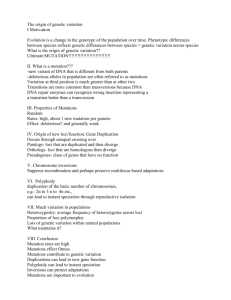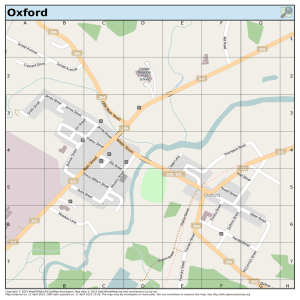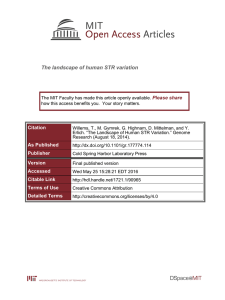BIO 150 Study Guide
advertisement
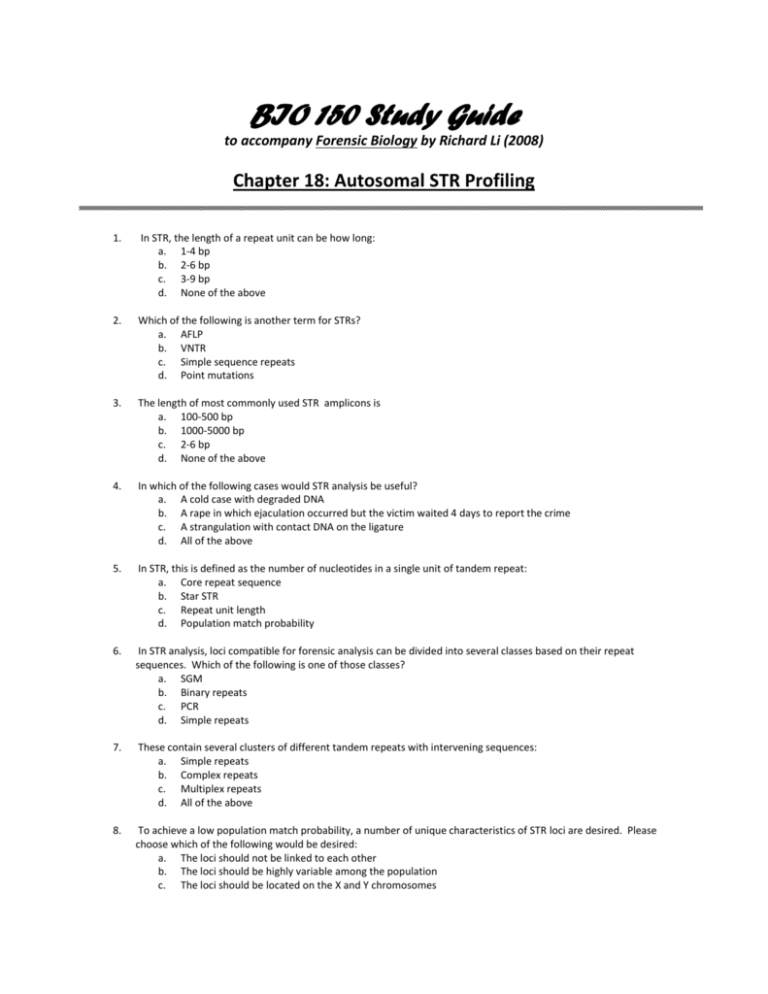
BIO 150 Study Guide to accompany Forensic Biology by Richard Li (2008) Chapter 18: Autosomal STR Profiling 1. In STR, the length of a repeat unit can be how long: a. 1-4 bp b. 2-6 bp c. 3-9 bp d. None of the above 2. Which of the following is another term for STRs? a. AFLP b. VNTR c. Simple sequence repeats d. Point mutations 3. The length of most commonly used STR amplicons is a. 100-500 bp b. 1000-5000 bp c. 2-6 bp d. None of the above 4. In which of the following cases would STR analysis be useful? a. A cold case with degraded DNA b. A rape in which ejaculation occurred but the victim waited 4 days to report the crime c. A strangulation with contact DNA on the ligature d. All of the above 5. In STR, this is defined as the number of nucleotides in a single unit of tandem repeat: a. Core repeat sequence b. Star STR c. Repeat unit length d. Population match probability 6. In STR analysis, loci compatible for forensic analysis can be divided into several classes based on their repeat sequences. Which of the following is one of those classes? a. SGM b. Binary repeats c. PCR d. Simple repeats 7. These contain several clusters of different tandem repeats with intervening sequences: a. Simple repeats b. Complex repeats c. Multiplex repeats d. All of the above 8. To achieve a low population match probability, a number of unique characteristics of STR loci are desired. Please choose which of the following would be desired: a. The loci should not be linked to each other b. The loci should be highly variable among the population c. The loci should be located on the X and Y chromosomes d. 9. Both a and b In 1995, the first national database with STR data was established in this country: a. United States b. United Kingdom c. India d. Canada 10. In the United States, CODIS was established by this agency in 1997: a. The U.S. Secret Service Forensic Lab b. The U.S. Marshal’s Service c. The U.S. Department of Justice d. The Federal Bureau of Investigation 11. How many core loci are utilized by CODIS? a. 10 b. 12 c. 13 d. 22 12. In the European Standard Set of loci there are how many core loci? a. 10 b. 13 c. 8 d. 7 13. The size of STR fragment is determined by an _______________ which is mixed in with the DNA samples. a. Internal size standard b. Amelogenin c. Off-ladder allele d. Allele 14. In STR, these are important for obtaining accurate genotype profiles: a. Mutations b. Somatic mutations c. Allelic ladders d. Chromosomes 15. Which of the following is a factor affecting genotype results in STR analysis? a. Mutations at STR core repeat regions b. Gene duplications c. Point mutations d. All of the above 16. These are defined as a type of inheritable mutation in the lineage of germ cells: a. Germ-line mutations b. Germ-line rates c. Somatic mutations d. STR mutations 17. This is associated with Down’s Syndrome: a. Somatic mutations b. Germ-line mutations c. Point mutations d. Trisomy 18. If a mutation at a primer binding region abolishes the ability for the primer to anneal, this will result in the complete failure of the amplifications. This is called: a. b. c. d. Null Allele Allele mutation Point Allele Trisomy 19. In STR, stuttering is an example of which of the following? a. Amplification artifacts b. Allelic dropout c. Spikes d. All of the above 20. _________________ is defined as the area of the parental peak divided by the area of the stutter peak. a. Amplification artifact b. Allelic dropout c. Stutter ratio d. Spike 21. This is defined as when an allele fails to be detected in STR analysis: a. Allelic dropout b. Allelic pull-up c. Point mutation of the allele d. None of the above 22. These perform better than existing commercial STR kits for degraded samples: a. PCR primers b. SWGDAMs c. miniSTR loci d. LCN DNA 23. Low copy DNA analysis refers to the testing of very small amounts of DNA in a sample, defined as this amount: a. > 100 pg b. < 100 pg c. > 100 bp d. < 100 bp 24. Which of the following are procedures used in mixture interpretation? a. Identify the number of contributors b. Est. the ratio of the contributor c. Compare reference samples d. All of the above 25. Please choose the answer that includes the three categories of conclusions used in interpreting STR profiling results: a. Inclusion, Exclusion, Inconclusive b. Inclusion, Exoneration, Inconclusive c. Match, No Match, Undetermined d. Match, Exclusion, Conclusive
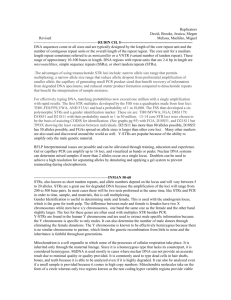
![[#PF-1998] subordintated taxa of Xenillidae](http://s3.studylib.net/store/data/007613529_2-36b265815b5d8ce7df1b35bae74e1254-300x300.png)
